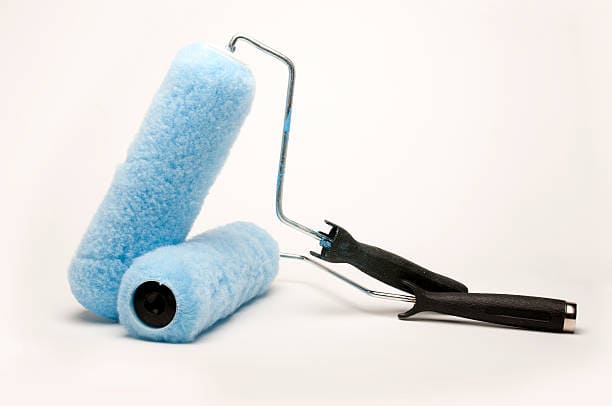When it comes to paint rollers, the choice of material can significantly impact the outcome of your painting projects. As a trusted factory specializing in the production of paint rollers, we understand that B2B buyers like you seek the best tools to meet the demands of your business. In this comprehensive guide, we will explore the various roller materials available and help you make informed decisions that align with your specific requirements.

The Significance of Roller Material
Rollers are the workhorses of the painting industry, effortlessly covering surfaces with a uniform coat of paint. However, not all roller materials are created equal. Your choice of roller material can affect factors such as paint pickup, release, and the quality of the finish. Let’s dive into the world of roller materials and discover which one suits your needs best.
Part 1: Nylon Rollers
Nylon rollers are prized for their durability and versatility. They are suitable for a wide range of paint types, including latex and oil-based paints. Nylon rollers are known for their excellent paint pickup and even release, ensuring smooth and consistent coverage.
Part 2: Polyester Rollers
Polyester rollers are favoured for their resistance to matting and shedding. They are particularly suitable for rough surfaces and heavy textures, as they can withstand abrasion without losing their integrity.
Part 3: Microfiber Rollers
Microfiber rollers are celebrated for their exceptional paint pickup and release capabilities. They hold more paint, reducing the need for frequent reloading. These rollers are ideal for achieving a smooth and uniform finish.
Part 4: Foam Rollers
Foam rollers are perfect for achieving a smooth, glass-like finish on surfaces such as cabinets, trim, and doors. They leave minimal stipple marks and are ideal for projects demanding a flawless appearance.
Part 5: Lambswool Rollers
Lambswool rollers are excellent for applying oil-based paints and stains. They offer superb paint release and even coverage, making them a top choice for wood finishing.
Part 6: Deciding on the Best Material
Choosing the best material for your paint rollers depends on various factors, including the type of paint you use, the texture of the surface, and the finish you desire. Here are some practical considerations:
Paint Type: Determine whether you primarily use water-based (latex) or oil-based paints. Some materials are better suited for one type over the other.
Surface Texture: Consider the texture of the surfaces you typically work on. Rough or textured surfaces may require more durable materials.
Finish Quality: If achieving a flawless finish is paramount, opt for materials that leave minimal stipple marks, such as foam rollers.
Versatility: For versatility across different projects, nylon rollers are often a safe bet.
Your Partner in Quality Rollers

Your choice of roller material can make a significant difference in the efficiency and quality of your painting projects.
Explore our range of high-quality paint rollers, each designed with a specific material to meet your diverse needs. Trust in our expertise and commitment to quality as you choose the ideal roller material for your business.
Choose PAINTBRUSHA – Where Quality and Performance Meet!
Ready to elevate your painting projects with the best roller materials? Explore our range of high-quality paint rollers designed to meet the demands of professionals. Our commitment to excellence ensures that you have the tools you need to achieve outstanding results. Partner with us and experience the difference in quality and performance.
